Detecting And Investigating Webshells In Compromised CMS Environments
Webshells are among the most persistent and dangerous threats facing content management systems (CMS) such as WordPress, Joomla, and Drupal. These malicious scripts, often hidden in plain sight, provide attackers with remote access and control over compromised servers. The consequences of a successful webshell attack can be severe, ranging from data theft and website defacement […] The post Detecting And Investigating Webshells In Compromised CMS Environments appeared first on Cyber Security News.

Webshells are among the most persistent and dangerous threats facing content management systems (CMS) such as WordPress, Joomla, and Drupal.
These malicious scripts, often hidden in plain sight, provide attackers with remote access and control over compromised servers.
The consequences of a successful webshell attack can be severe, ranging from data theft and website defacement to the launch of further attacks within an organization’s network.
As CMS platforms continue to dominate the web landscape, understanding how to detect and investigate webshells is essential for security teams and administrators alike.
This article explores the nature of webshells, their common attack vectors, advanced detection strategies, and a methodical approach to incident investigation and remediation.
The Nature And Impact Of Webshells In CMS Platforms
A webshell is essentially a script uploaded to a web server that allows an attacker to execute commands remotely.
These scripts are typically written in languages supported by the server, such as PHP, ASP, or JSP, making them a natural fit for CMS environments.
Unlike initial exploit tools, webshells are designed for persistence, enabling attackers to maintain access long after the initial vulnerability has been exploited.
Once in place, a webshell can be used to manipulate files, escalate privileges, exfiltrate sensitive data, and even pivot to other systems within the network.
The impact of a webshell compromise on a CMS can be devastating. Attackers can deface websites, inject malicious code, steal user credentials, and access confidential databases.
In e-commerce scenarios, webshells have been used to intercept payment information, redirect transactions, and siphon off customer data.
The reputational damage to organizations can be long-lasting, with potential regulatory consequences if personal or financial data is exposed.
Moreover, webshells often serve as a foothold for launching broader attacks, such as ransomware or distributed denial-of-service campaigns.
Common Webshell Attack Vectors In CMS Environments
CMS platforms are particularly vulnerable to webshell attacks due to their reliance on plugins, themes, and third-party extensions.
Attackers frequently exploit vulnerabilities in these components to upload webshells. For instance, a popular WordPress plugin with insecure file upload functionality can allow an attacker to upload a disguised image file containing a PHP webshell.
Once uploaded, the attacker can access the webshell via a direct URL and begin issuing commands.
Joomla and Drupal are also frequent targets. In Joomla, attackers have exploited outdated extensions to upload webshells into template directories, where they can modify site content or steal administrative credentials.
Drupal’s history includes critical vulnerabilities that have allowed attackers to inject webshells directly into core or theme files, bypassing standard security controls.
In all cases, the attacker’s goal is to establish a persistent presence on the server, often using obfuscation techniques such as encoding or encryption to avoid detection.
The Stealth And Persistence Of Modern Webshells
What makes webshells particularly challenging to detect is their ability to blend in with legitimate files and processes. Attackers often name webshells to mimic core CMS files or hide them within directories that are rarely monitored.
Advanced webshells use obfuscation techniques, such as base64 encoding or dynamic code generation, to evade signature-based detection tools.
Some even include authentication mechanisms, allowing only the attacker to access their functionality. As a result, traditional security solutions may overlook these threats, allowing attackers to maintain control for extended periods.
Harnessing AI And Hybrid Analytics For Next-Generation Webshell Detection
As webshells continue to evolve in complexity and stealth, organizations must adopt advanced and adaptive detection strategies that move beyond traditional signature-based methods.
Modern webshells frequently employ obfuscation, encryption, and polymorphism, making them difficult to identify with static rules or simple pattern matching.
To counter these sophisticated threats, cybersecurity teams are increasingly turning to artificial intelligence, machine learning, and hybrid analytics that combine multiple detection approaches for comprehensive coverage.
- Machine learning models (CNNs, LSTMs) analyze static features (code structure, PHP grammatical patterns) and behavioral characteristics (opcode sequences, execution flow) to detect webshells
- CNNs identify spatial patterns in code structure, while LSTMs detect sequential anomalies in opcode execution paths
- Models achieve over 99% accuracy in controlled experiments by recognizing obfuscated commands, encrypted payloads, and polymorphic code variations
- Static feature analysis examines function call combinations (e.g.,
eval+base64_decode) and abnormal code entropy levels - Behavioral analysis tracks system command execution frequency, file access patterns, and network communication anomalies
The Role Of Web Application Firewalls
A web application firewall (WAF) can provide an additional layer of defense by blocking suspicious requests before they reach the CMS.
Custom rules can be configured to prevent file uploads with executable extensions, block access to sensitive directories, and detect common webshell command patterns.
While a WAF is not a silver bullet, it can significantly reduce the risk of webshell deployment and limit the attacker’s ability to interact with compromised scripts.
Investigating And Remediating Webshell Compromises
When a webshell is detected, a systematic investigation is essential to assess the scope of the compromise and prevent future incidents.
The first step is to isolate the affected server to prevent further damage and preserve forensic evidence.
Next, security teams should conduct a thorough review of file modification logs, server access logs, and user activity to identify the initial entry point and the extent of attacker activity.
A key aspect of the investigation is determining whether the attacker has established additional persistence mechanisms, such as creating new administrative accounts, installing secondary backdoors, or modifying scheduled tasks.
All suspicious files and user accounts should be identified and removed. It is also important to assess whether sensitive data has been accessed or exfiltrated, as this may trigger regulatory reporting requirements.
Once the immediate threat has been contained, remediation efforts should focus on patching all vulnerabilities that enabled the attack, updating the CMS and all plugins or themes, and restoring files from known-good backups.
File permissions should be reviewed and tightened to prevent unauthorized uploads or modifications.
Finally, security controls such as multi-factor authentication for admin accounts and regular security audits should be implemented to reduce the risk of future incidents.
Post-Incident Hardening And Monitoring
After remediation, ongoing monitoring is crucial to detect any signs of reinfection or new attack attempts. Regular security scans, log reviews, and user activity monitoring should become standard practice.
Educating administrators and users about secure plugin management, the dangers of outdated components, and the importance of strong credentials can further bolster the organization’s defenses.
In summary, webshells present a significant and evolving threat to CMS environments.
By understanding their attack vectors, employing advanced detection techniques, and following a structured investigation and remediation process, organizations can effectively defend against these persistent backdoors and maintain the integrity and security of their web platforms.
Find this News Interesting! Follow us on Google News, LinkedIn, & X to Get Instant Updates!
The post Detecting And Investigating Webshells In Compromised CMS Environments appeared first on Cyber Security News.








































































































































































![[The AI Show Episode 145]: OpenAI Releases o3 and o4-mini, AI Is Causing “Quiet Layoffs,” Executive Order on Youth AI Education & GPT-4o’s Controversial Update](https://www.marketingaiinstitute.com/hubfs/ep%20145%20cover.png)











































































































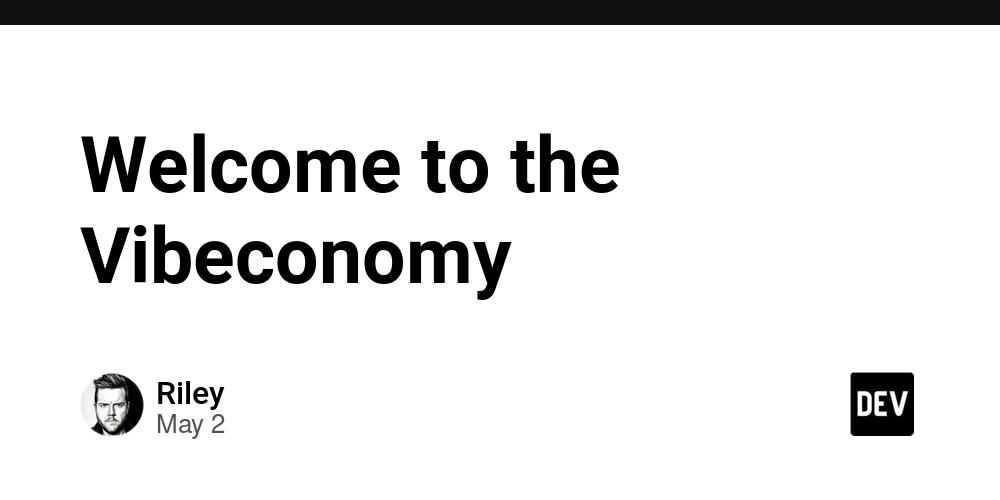


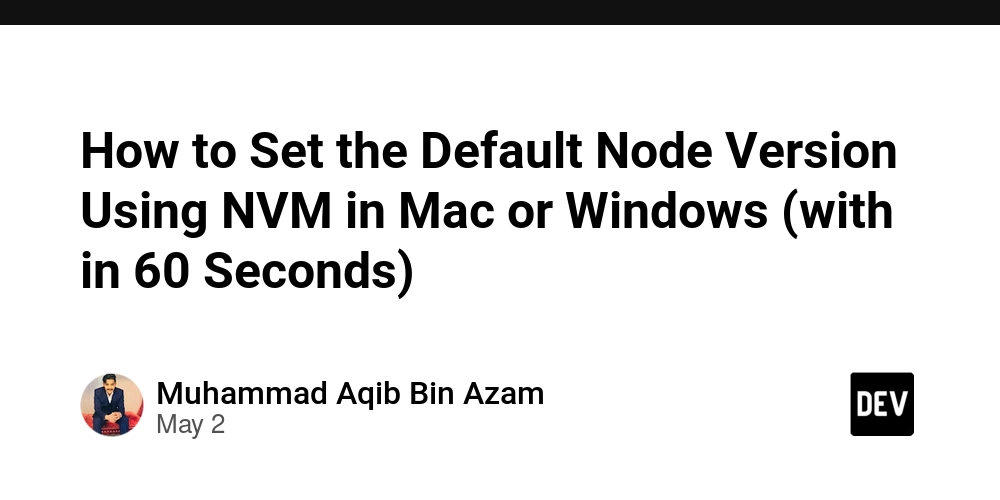


































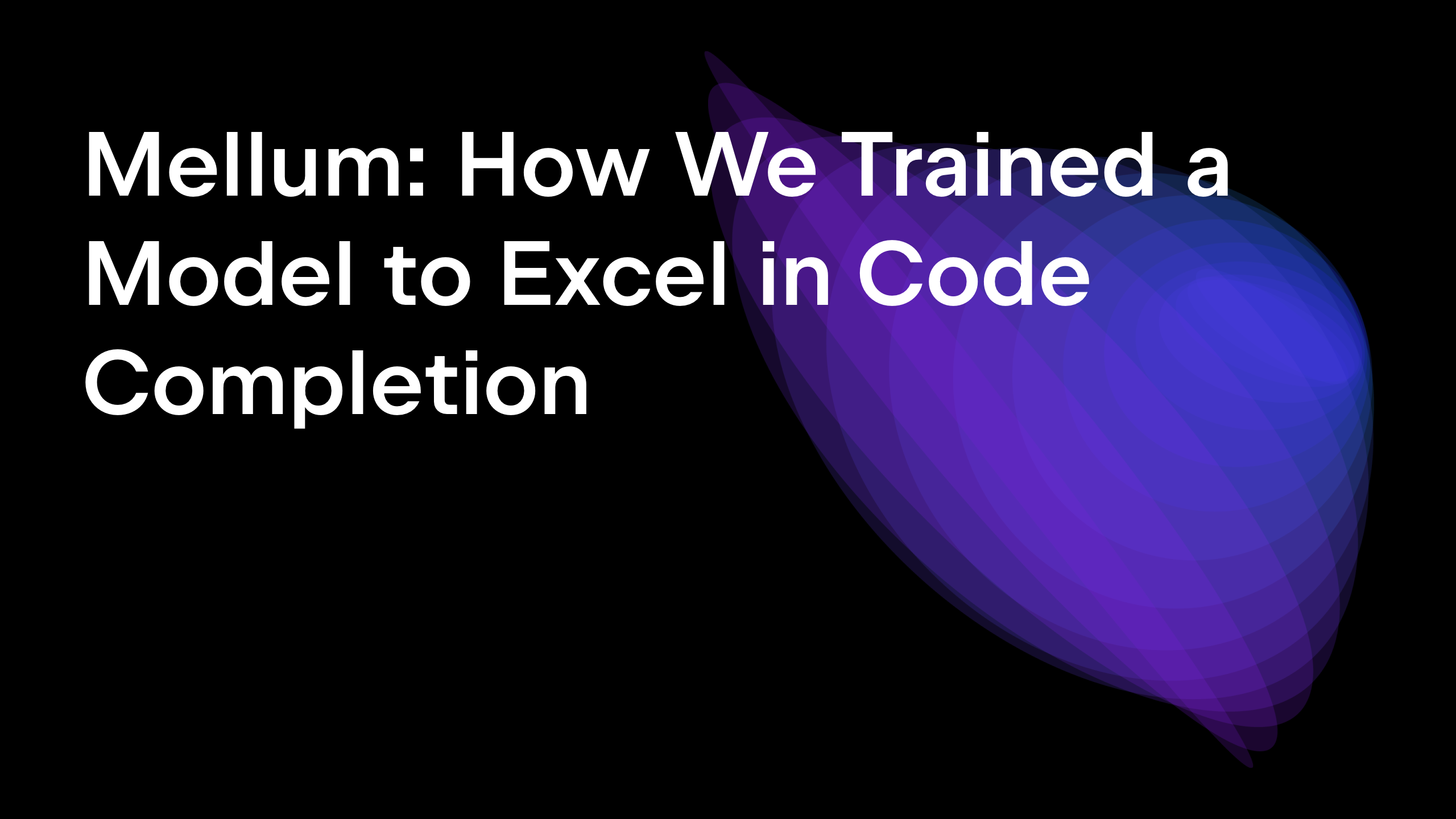
























































































































_Andy_Dean_Photography_Alamy.jpg?width=1280&auto=webp&quality=80&disable=upscale#)































































































![Here’s the Pebble smartwatch reboot in action, and how much tariffs might cost you [Video]](https://i0.wp.com/9to5google.com/wp-content/uploads/sites/4/2025/03/core-2-duo-smartwatch-3.jpg?resize=1200%2C628&quality=82&strip=all&ssl=1)










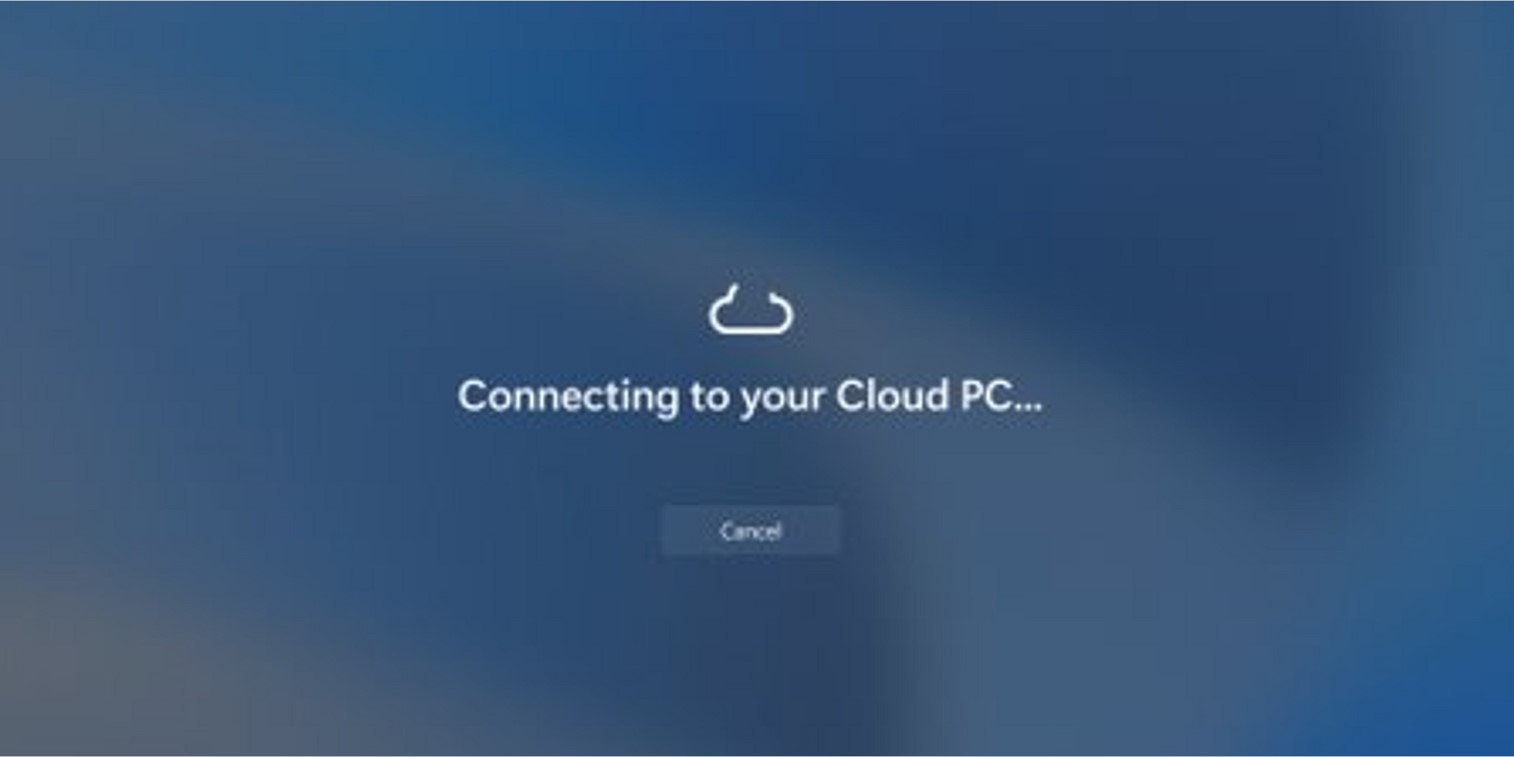





![Apple Reports Q2 FY25 Earnings: $95.4 Billion in Revenue, $24.8 Billion in Net Income [Chart]](https://www.iclarified.com/images/news/97188/97188/97188-640.jpg)









































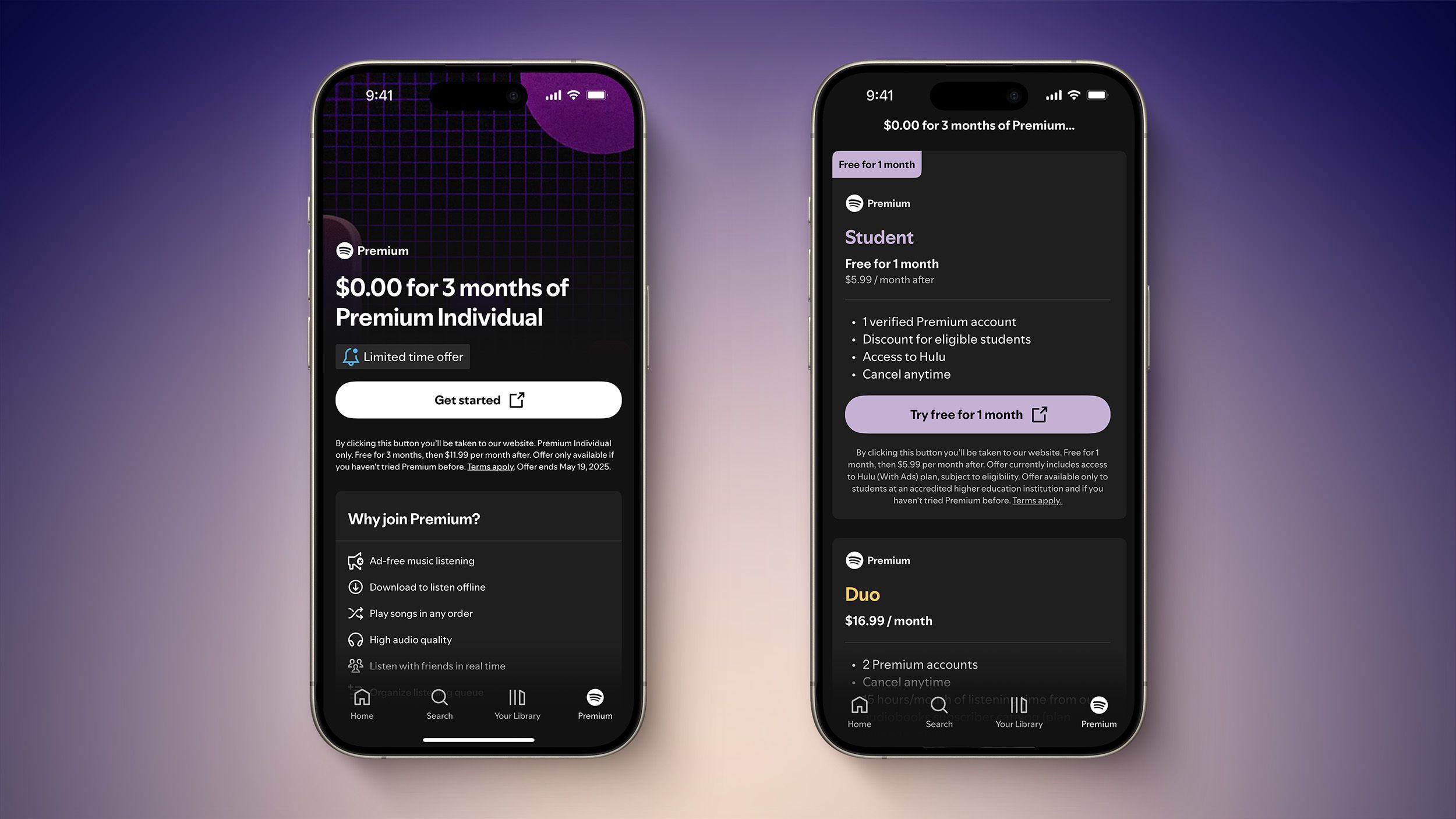








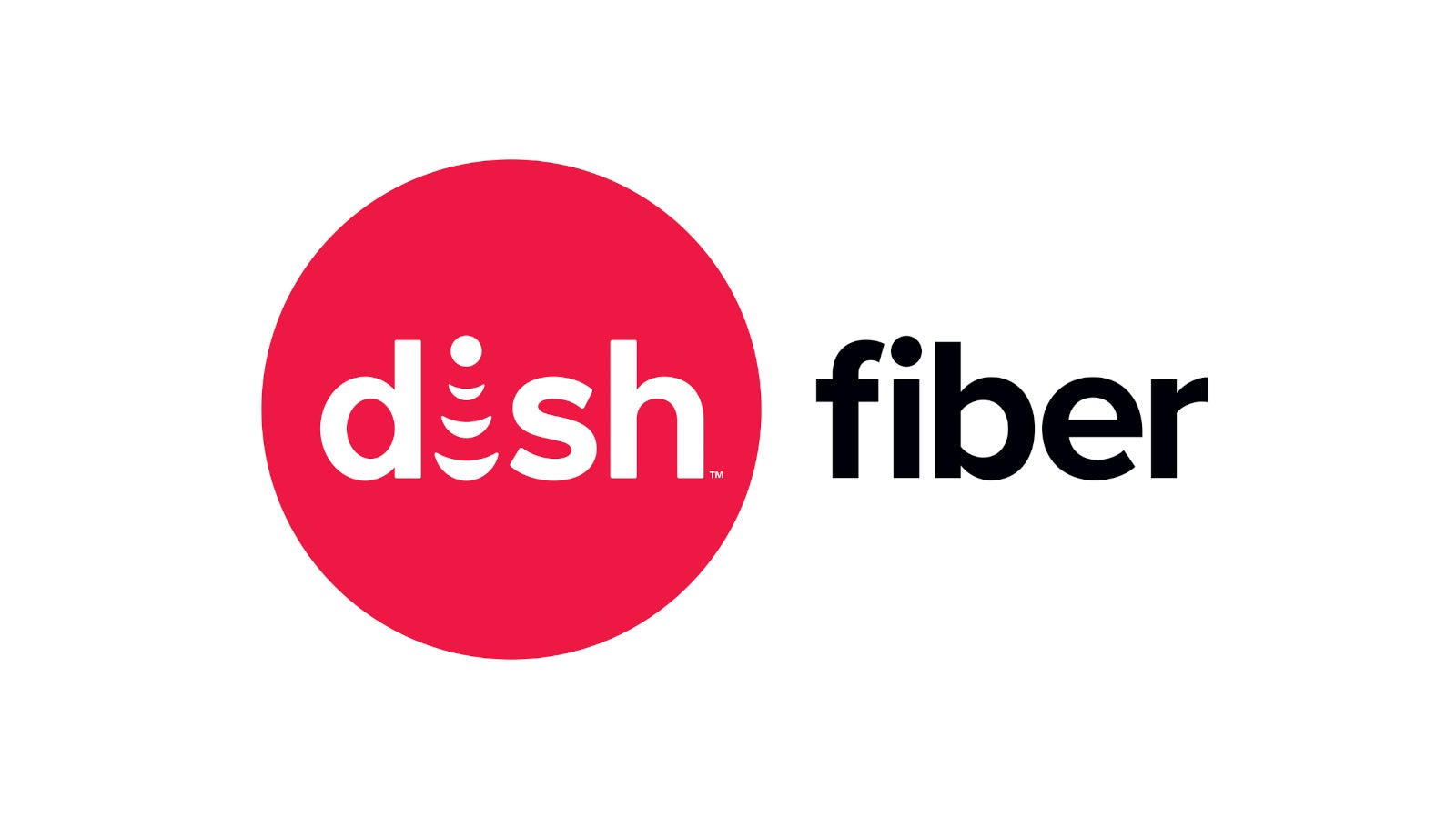



















































.webp?#)
